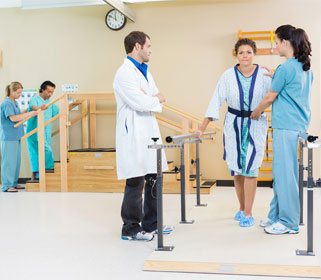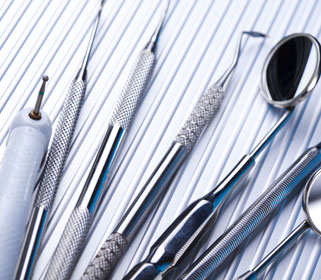Home » Hospital & Durable Medical Equipment » Addressing Thyroid Conditions Using a Thyroid Model » Addressing Thyroid Conditions Using a Thyroid Model
Addressing Thyroid Conditions Using a Thyroid Model
Thyroid conditions and diseases are significant and can cause short and long term health concerns for children and adults alike. Since patients often have a very limited understanding of the functioning of the gland, a good idea to help with understanding is to use a thyroid model. The thyroid model can be very functional and allow a variety of common diseases to be easily displayed on the same model. In addition the thyroid model should also show a healthy, normal thyroid so the doctor and patient and use this as a comparison point.
Typically, this type of model will also show the trachea, cricoid cartilage, thyroid membrane and cartilage as well as the hyoid bone. These structural reference points help to allow the patient to clearly visualize the thyroid in relation to the rest of the throat area. In addition the model will also usually clearly display the larynx of vocal system, which is located behind the thyroid. Although the two are not connected in their functioning it is important for the patient to have a good understanding of the structure of the throat area.
The three most commonly found thyroid conditions on a thyroid model typically include Grave's Disease, Papillary Carcinoma and Hashimoto's Thyroiditis. The normal thyroid is used as a reference for the patient to easily see how the other three conditions cause abnormalities in the thyroid that are very easy to see. Since the actual condition of the thyroid cannot be determined externally and the symptoms appear on and in other body parts and systems it can sometimes be difficult for the patient to understand the connection.
The doctor can use the thyroid model as a starting point for the discussion on the specific condition. By discussing the structure of the throat area and the normal thyroid the patient can get information on the functioning and role of the gland in controlling metabolism and growth rates. Production of hormones and controls in the body to regulate hormone manufacturing are a natural step in the discussion using the model. Although the specific interior functioning of the thyroid is not depicted with the model, information on the convenient information cards accompanying the model are perfect for this purpose. The doctor can use the cards to ensure they have covered all information and the patient can also use the card to review information as needed.
A thyroid model is small and compact and measures approximately 8 ¾ inches by 6 ¼ inches on the base. The background display card is 8 ¼ inches by 6/ ¼ inches and the throat model sits just in front of the card and slightly lower that the top edge. The thyroids themselves are designed to be average in size, including the enlarged size noted in the three conditions depicted on the model. The models can be stored in medical supply cabinets, display cases or on the examination or consulting room counter or shelf. The compact size and wealth of information provided by the thyroid model makes it an invaluable tool in patient education.
MSEC remains dedicated to providing the very best and the very latest in medical supplies and equipment. We never cease to be on the lookout for the latest innovation that will benefit both our many clients and the patients they dedicate their lives to caring for. If you have any difficulty finding your choices in our vast inventory, call our customer service at 1-877-706-4480 to speed up your order or to make a special request. We are always happy to help you.













